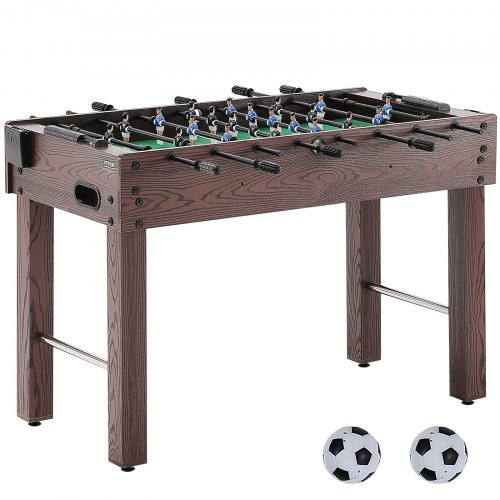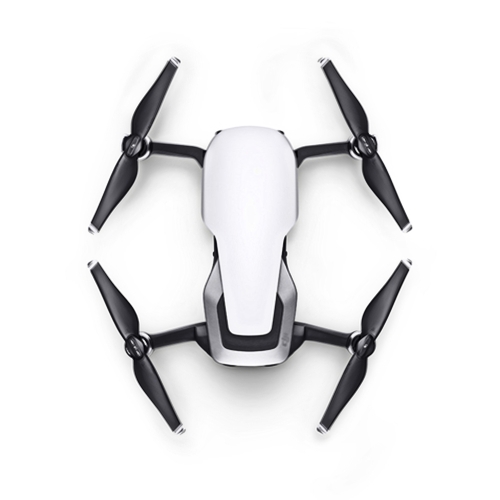The Art of Drone Cinematography for Filmmakers
In recent years, drones have become a game-changer for filmmakers, providing a new perspective on storytelling and offering a range of creative possibilities that were previously impossible. Drone cinematography has become increasingly popular, as more filmmakers are incorporating aerial shots into their films and videos. In this article, we will explore the world of drone cinematography and provide a comprehensive guide to mastering the art of aerial filmmaking.
The Rise of Drone Cinematography
Drone cinematography has revolutionized the way filmmakers approach aerial shots, allowing them to capture stunning footage from vantage points that were previously inaccessible. Drones are unmanned aerial vehicles (UAVs) that can be equipped with cameras, gimbals, and other accessories to capture high-quality footage. The rise of drone technology has made it easier and more affordable for filmmakers to incorporate aerial shots into their productions, opening up a whole new world of creative possibilities.
The Advantages of Using Drones in Filmmaking
Drones offer a range of advantages over traditional filming methods, including the ability to capture unique perspectives and provide a sense of scale to a shot. They can also be used to capture action shots, track moving subjects, and provide smooth and stable footage. Drones are small and lightweight, making it easy to transport them to remote locations, and they can be flown at low altitudes, providing a sense of intimacy to a shot. In addition, drones are more cost-effective than traditional helicopter shots and can be used in environments where helicopters are not practical or safe.
Understanding the Basics of Drone Technology
Before you can master the art of drone cinematography, it’s essential to understand the basics of drone technology. Drones come in various shapes and sizes, each with its own set of features and capabilities. Most drones are controlled by a remote control or a mobile device, and they use GPS and other sensors to navigate and maintain stability. It’s essential to choose a drone that’s suitable for your needs and to learn how to fly it safely and responsibly.
The Art of Flight: Key Drone Maneuvers to Master
Flying a drone is an art form, and mastering the art of flight is essential for capturing the best footage. There are several key maneuvers that drone pilots need to master, including the orbit, the flyover, the reveal, and the follow shot. Each maneuver requires different skills and techniques, and it’s essential to practice them in a safe and controlled environment before using them in a production.
Capturing Beautiful Aerial Shots: Tips and Techniques
Capturing beautiful aerial shots requires a combination of technical skills and creativity. There are several tips and techniques that you can use to capture stunning footage, including choosing the right time of day, using the rule of thirds, and experimenting with different camera settings. It’s also essential to plan your shots in advance and to have a clear idea of the story you want to tell.
Overcoming Common Challenges in Drone Filmmaking
Drone filmmaking is not without its challenges, and it’s essential to be aware of these before you start filming. Some of the common challenges include battery life, signal interference, and weather conditions. It’s essential to have a backup plan in case of technical difficulties, and to have a thorough understanding of the limitations of your drone and camera equipment.
Harnessing the Power of Post-Production Editing
Post-production editing is a crucial part of drone cinematography, allowing you to refine and enhance your footage. There are several tools and techniques that you can use to edit your footage, including color grading, stabilization, and adding music and sound effects. It’s essential to have a clear idea of the story you want to tell and to use editing to enhance your footage rather than to distract from it.
Safety First: Best Practices for Drone Cinematography
Safety should always be a top priority when it comes to drone cinematography. Several best practices can help ensure that you fly your drone safely and responsibly, including always flying in line of sight, avoiding flying near airports or other restricted areas, and checking weather conditions before flying. It’s also essential to register your drone with the relevant authorities and to have insurance coverage in case of accidents.
The Future of Drone Cinematography: Innovations to Watch
The world of drone cinematography is constantly evolving, and there are several innovations to watch in the coming years. Some of the most exciting developments include the use of AI and machine learning to automate certain tasks, such as following a subject or avoiding obstacles. There are also developments in drone swarms, which could allow for complex aerial shots and formations.
Conclusion: Elevating Your Filmmaking with Drones.
In conclusion, drone cinematography is a game-changer for filmmakers, providing a new perspective on storytelling and opening up a world of creative possibilities. By mastering the art of drone cinematography, you can elevate your filmmaking and capture stunning footage that will captivate your audience. Remember to always fly safely and responsibly, and to push the boundaries of what’s possible with this exciting technology.









































